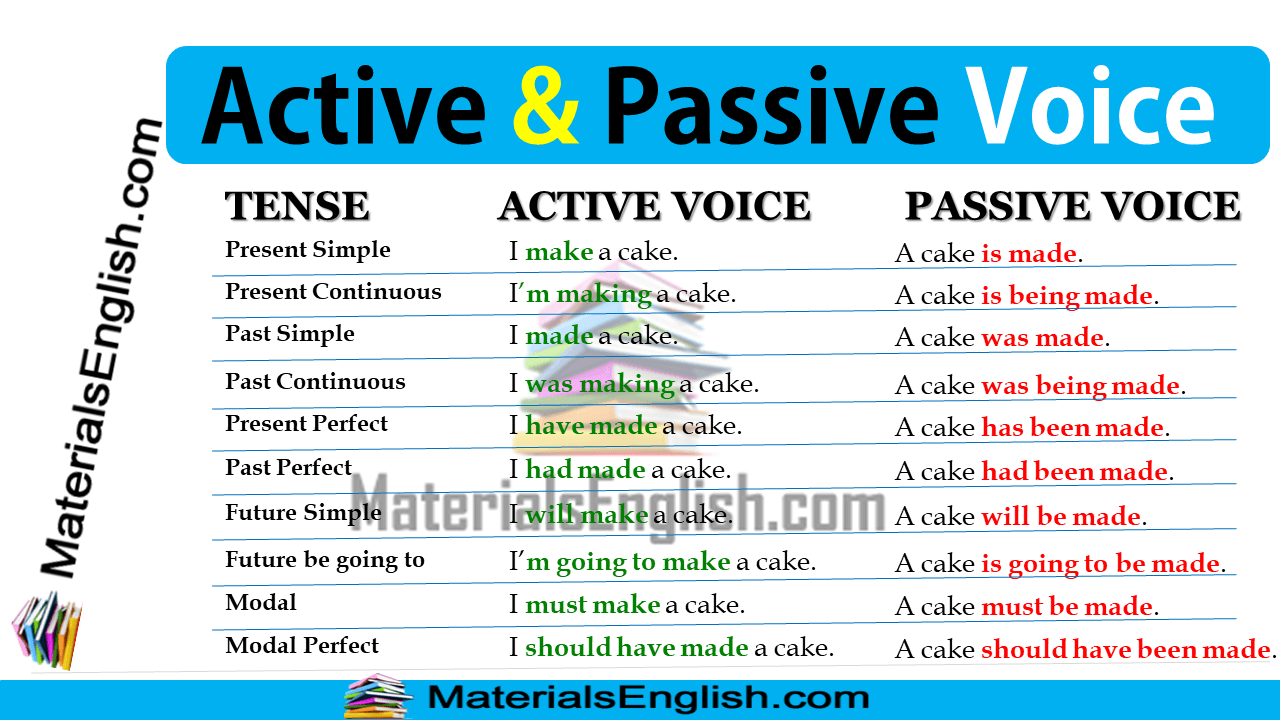Passive voice is a grammatical construction in English where the subject of the sentence is acted upon by the verb. It is often used when the focus is on the action rather than the doer of the action. While it is important to be able to recognize and understand passive voice, it is also crucial to know when to use it effectively in writing.
Many people mistakenly believe that passive voice should be avoided at all costs in writing. However, passive voice can be useful in certain situations, such as when the doer of the action is unknown or when the focus is on the action itself. Understanding how to use passive voice correctly can enhance the clarity and precision of your writing.
Examples of Passive Voice in English
1. The cake was baked by Mary. (Active voice: Mary baked the cake.)
2. The report will be submitted by the end of the week. (Active voice: I will submit the report by the end of the week.)
3. The house was built in 1920. (Active voice: Someone built the house in 1920.)
4. The movie was watched by millions of people. (Active voice: Millions of people watched the movie.)
5. The letter has been written. (Active voice: I have written the letter.)
Using passive voice in these examples shifts the focus from the doer of the action to the action itself. This can be helpful in certain contexts, such as scientific writing or when the doer is unknown or less important.
While passive voice can be effective in some situations, it is important to use it judiciously. Overusing passive voice can make your writing sound stilted and awkward. It is essential to strike a balance between active and passive voice to ensure clarity and coherence in your writing.
In conclusion, passive voice is a valuable tool in English grammar that can be used to convey information effectively. By understanding when and how to use passive voice, you can enhance the quality of your writing and communicate your ideas more clearly. Remember to practice using passive voice in various contexts to become more comfortable with this grammatical construction.
